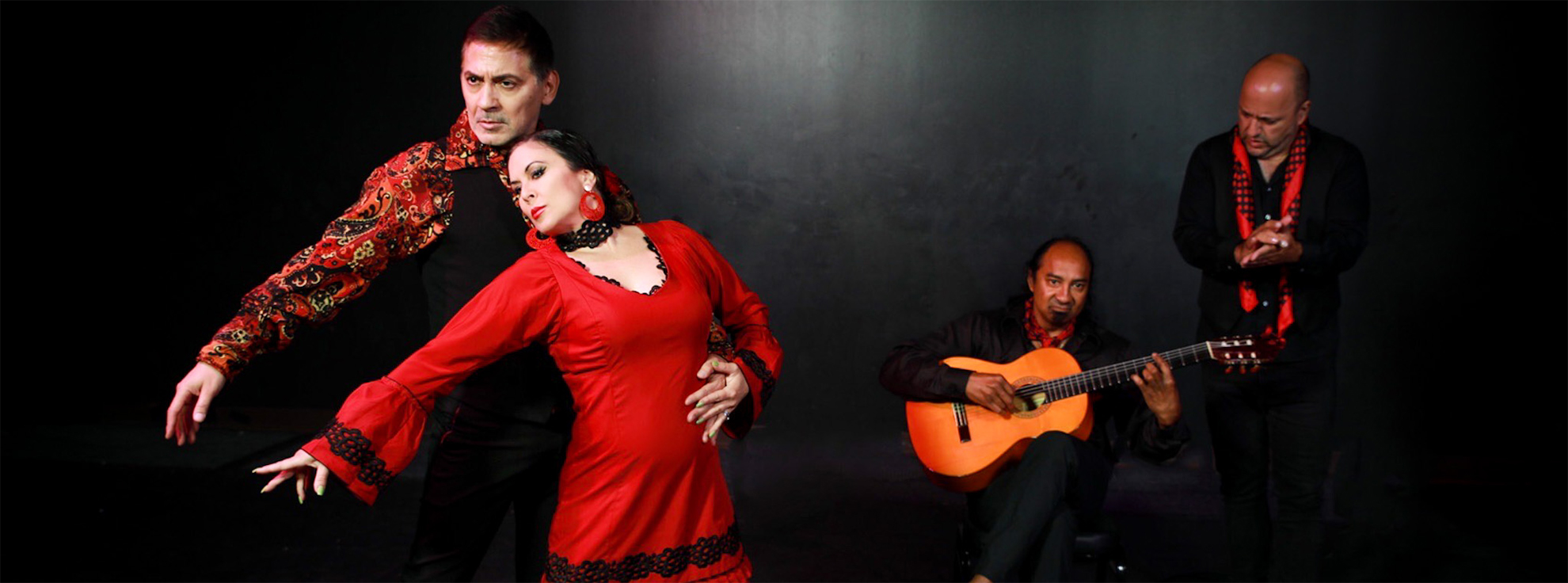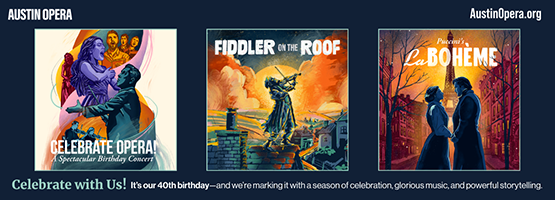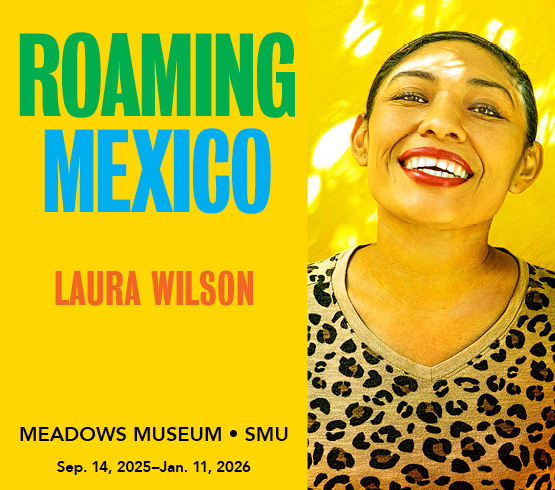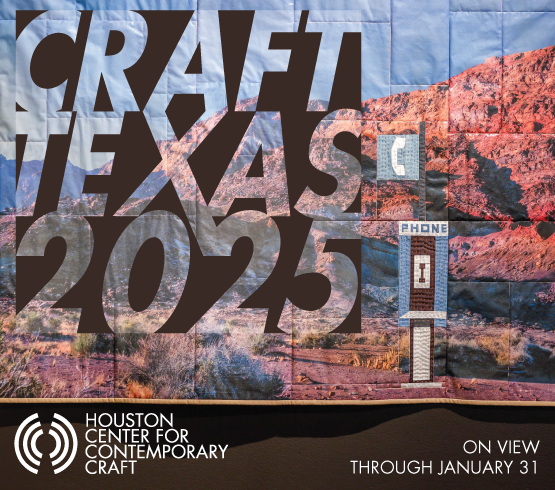Dallas’ Oak Cliff neighborhood is in flux, again. After White flight cleared out the original inhabitants a half-century ago, the area just south of downtown became home to Hispanic and Black residents. Artists arrived next, and now gentrification is bringing in a more-affluent crowd, threatening to push out the longtimers.
Though the venerable neighborhood is no longer part of the name, it remains the festival’s home. This year’s edition will inaugurate the La Cantera Arts Conservatory, the Oak Cliff quarters of Alcántara’s flamenco school and Dance Fever, the nonprofit that operates the school and festival she founded.
Alcántara, a Texas native trained in part in the University of New Mexico’s flamenco program, has promoted the fiery art form in Dallas since 1998. She talked with ACTX about flamenco and the festival. (Comments have been edited for brevity.)
“The concept behind the festival is to celebrate the Hispanic heritage of Oak Cliff while it’s being gentrified. Flamenco is something that’s enjoyed by all demographics. It can unite the Hispanic citizens with the new people coming in, and honor the Spanish tradition even as the neighborhood is changing.”
Music and dance of the oppressed
“Flamenco originated in southern Spain, in Andalucia. That’s still considered to be the birthplace. One of the first things I explain to people is that flamenco is not just dance. Flamenco is actually a genre of music—a very sophisticated and elaborate genre of music. It covers hundreds of types of songs that are unique in their melody and rhythm, and in the stories they tell and where they came from.
“The beginnings of flamenco were during the Spanish Inquisition, when the gypsies and the Jews and the Moors were hiding out and trying to deal with the oppression. They used the music and dance to overcome that. Flamenco is still, to this day, very emotionally driven and cathartic for the people who watch it as well as the people who are doing it. It’s meant to be a healing art form. That’s why we think it’s so important to spread flamenco. It deals with life’s big emotions—the ones you have the hardest time expressing and want to go to a therapist about. Those are the ones they dance and sing about.”

1 ⁄5
Julia Alcántara and Jorge Robledo on Stage at Stable Hall in San Antonio. Photo by Gregory Martin Photography.
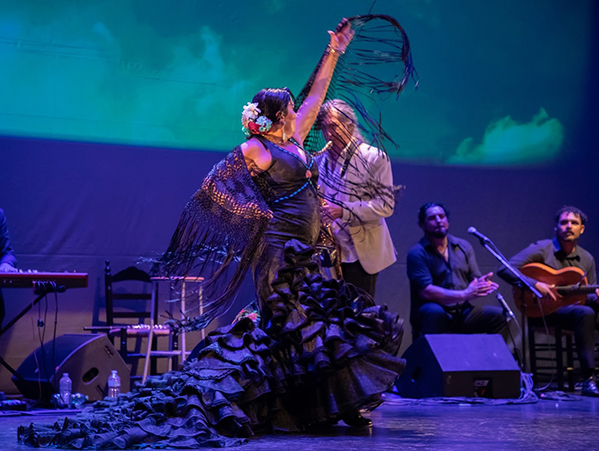
2 ⁄5
Julia Alcántara on Stage in Malaga Spain with Jorge Pardo. Photo by Lui G. Marin.
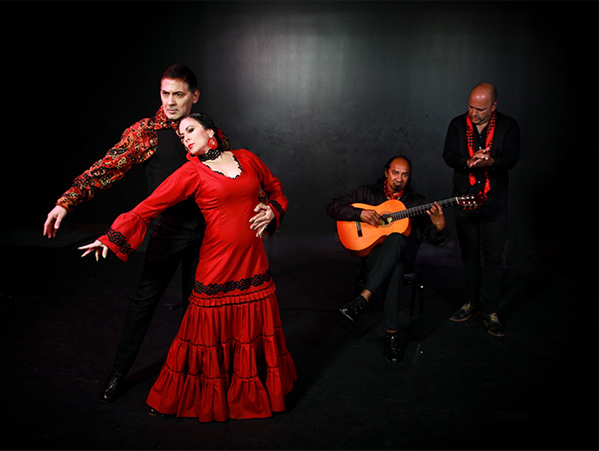
3 ⁄5
Julia Alcántara and Jorge Robledo. Photo by Gregory Martin Photography.
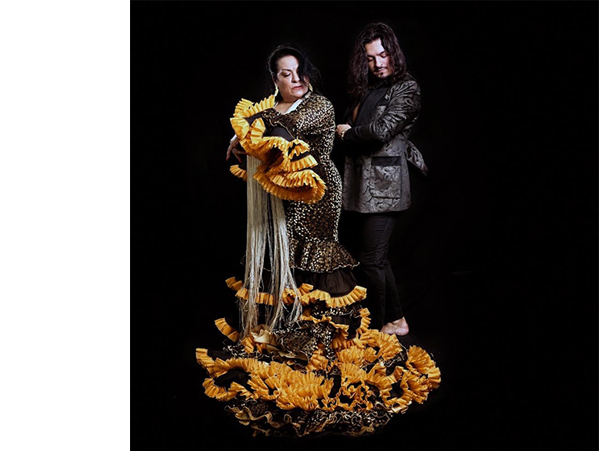
4 ⁄5
La Farruca and her son El Carpeta; Photo courtesy of Flamenco Fever.
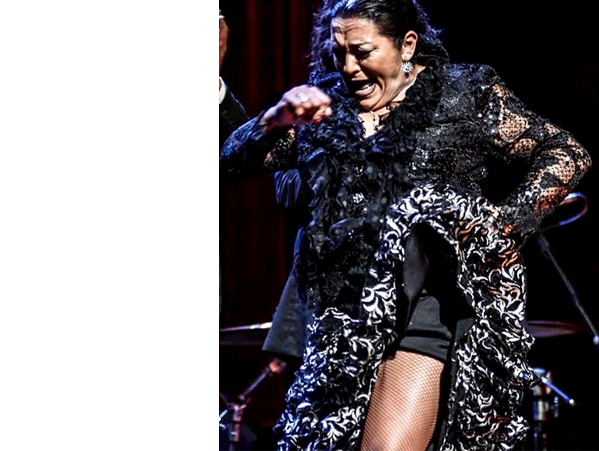
5 ⁄5
La Farruca; Photo courtesy of Flamenco Fever.
“There are many styles of flamenco. But if you want to simplify, you can say one style is gypsy flamenco, which is improvised, very raw, powerful and spontaneous. It’s really electrifying—they’re making the dance right before your eyes. It looks like they have been rehearsing it forever, because they’re so clean and tight when they’re dancing at this level. It’s awe-inspiring. The other style is the choreographed flamenco—something you go see in a big theater. They’re dancing in unison, they’ve rehearsed it for weeks.”
The festival’s headliners: La Farruca and El Carpeta
“They like to be referred to by their stage names. I’ve been spending a lot of time in Spain the past few years, scouting for talent we can bring to Texas. I haven’t met La Farruca, but she’s a famed dancer and the daughter of El Farruco, the patriarch of what they call a flamenco dynasty. I think a good word for her would be explosive. She likes to dance the heavy dances, like the dance of solitude and dance of death—based on songs that are very difficult to embody. She comes out very quiet and introspective, then when it’s time for her to do her footwork, she’s a powerhouse. She’s so subdued at first, so restrained. Then–pow.”
“I met El Carpeta in Spain. Farruca is his mother. He is one of the best dancers in the world, and very respected. This family is famous for their ability to improvise, for their raw power and the clarity of their footwork.”
“They come with their own singer and guitarist, because the musicians follow the dancers. In flamenco, we give a series of cues and visual, rhythmic calls to lead the musicians. So it’s open for improvisation. Because these are real gypsy dancers, they don’t go through (preset) choreography as much as some other people would. They’re dancing the raw, authentic flamenco, close to the origins in the caves of Spain.”
“I think I was 20. I was dancing and playing percussion—African dance and world dance and world percussion music. I met this gentleman who saw me dancing with a flaming orange-colored scarf I had found at a thrift store. He said, ‘You have got to see this thing called flamenco. You’re going to die.’ We rented a movie, El Amor Brujo by Carlos Saura. I brought it home and put it in the VCR, and I totally flipped out. He was exactly right. I was instantly obsessed.” (An Oct. 10 showing of Saura’s Flamenco Flamenco will serve as a prelude to the festival.)
A lifelong pursuit
“In Spain, they start flamenco very young—maybe 4 or 5 years old. In America, a lot of people don’t discover flamenco until later. So a lot of people are starting in their 20s or even later. My oldest student is 69.”
“That’s one of the special things about flamenco. You can dance it all your life. It’s not the dance of a little 20-year-old prima ballerina whose career is over at 26 or whenever. Flamenco is something they dance into their 70s. The intensity of the footwork is nothing to scoff at, but there’s so much about it that has to do with flavor and style and maturity—the interpretation of the music. Sometimes, things can be profound without being very intricate or athletic.”
-STEVEN BROWN

